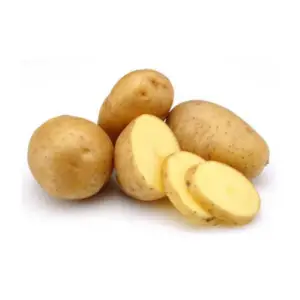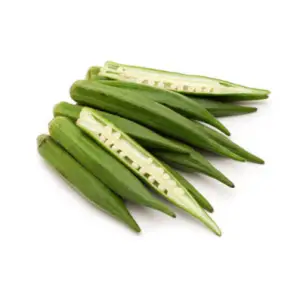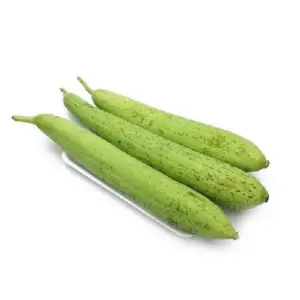Currently Empty: ₨0.00
Wood ear mushrooms, characterized by their dark-to-light brown color and distinctive crinkled appearance resembling a small ear, are a fascinating type of fungi. These mushrooms can typically be found growing on deciduous trees and shrubs, with the elder tree being a common host. Mushroom foragers often seek out these gelatinous-looking mushrooms on fallen or decaying trees, where they thrive either individually or in sizable colonies. The prime season for spotting wood mushrooms is during autumn, and they tend to prefer temperate and sub-tropical forest environments.
Wood ear mushrooms have a global distribution, growing in regions such as Australia, Asia, Europe, and Africa. They have gained significant popularity as an ingredient in Chinese cuisine, where they are widely utilized in various dishes. While wild wood mushrooms are highly sought after, they can also be cultivated on sawdust logs through farming methods.
These versatile mushrooms offer both culinary and nutritional benefits. When properly prepared, wood ear mushrooms have a unique texture that is slightly crunchy and chewy. They can absorb flavors from other ingredients, making them a fantastic addition to soups, stir-fries, and various stir-fried dishes. In Chinese cooking, they are often included in hot and sour soups, braised dishes, and vegetarian stir-fries, adding a subtle earthy taste and interesting texture to the overall culinary experience.
Beyond their culinary uses, wood ear mushrooms also possess certain health benefits. They are low in calories and fat, making them a nutritious choice for those seeking a lighter fare. Wood mushrooms are a good source of dietary fiber, which aids in digestion and supports a healthy digestive system. Additionally, they contain valuable nutrients such as iron, vitamin B2, and vitamin D.
Whether foraged from the wild or cultivated on farms, wood ear mushrooms continue to captivate culinary enthusiasts around the globe. Their distinct appearance, versatility in cooking, and potential health benefits make them a treasured ingredient. So, the next time you encounter these fascinating fungi, consider incorporating wood mushrooms into your culinary creations to elevate both taste and texture in your dishes.






There are no reviews yet.